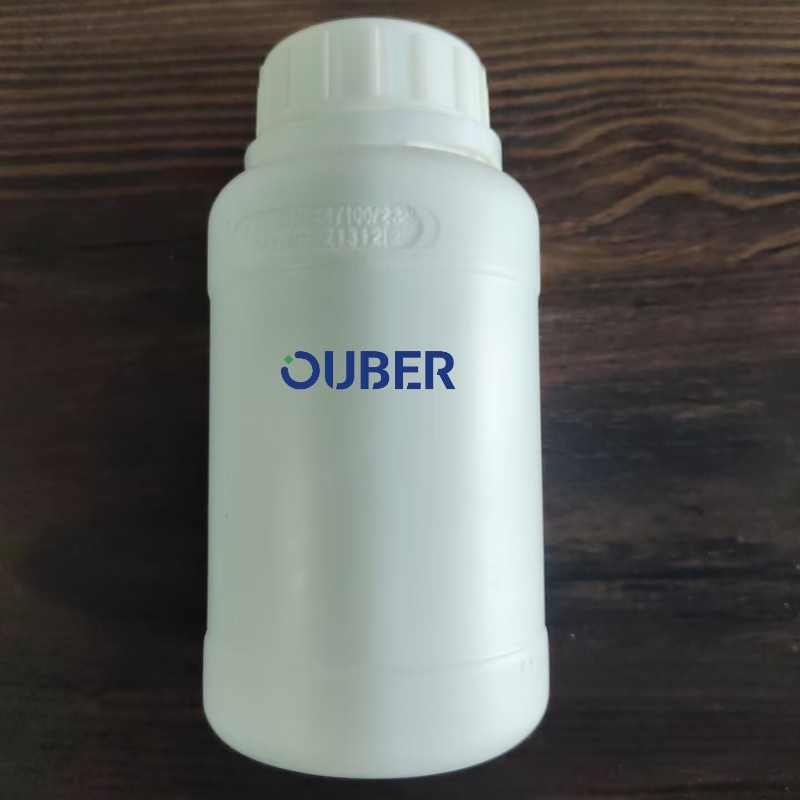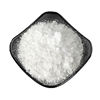-
Categories
-
Pharmaceutical Intermediates
-
Active Pharmaceutical Ingredients
-
Food Additives
- Industrial Coatings
- Agrochemicals
- Dyes and Pigments
- Surfactant
- Flavors and Fragrances
- Chemical Reagents
- Catalyst and Auxiliary
- Natural Products
- Inorganic Chemistry
-
Organic Chemistry
-
Biochemical Engineering
- Analytical Chemistry
-
Cosmetic Ingredient
- Water Treatment Chemical
-
Pharmaceutical Intermediates
Promotion
ECHEMI Mall
Wholesale
Weekly Price
Exhibition
News
-
Trade Service
N-[1,1'-Biphenyl]-4-yl-9,9-diphenyl-9H-fluoren-2-amine, also known as 9,9-dibutylfluorene-2-amine or simply DBF2000, is a chemical compound that has been widely used in the chemical industry for a variety of applications.
It is primarily used as a catalyst in the production of polypropylene, a widely used plastic that is used in a variety of applications, including packaging, textiles, and automotive parts.
One of the main benefits of DBF2000 is its ability to improve the efficiency and speed of the polypropylene production process.
It is also a highly effective catalyst, which means that it can be used in smaller quantities than other catalysts, leading to a more cost-effective production process.
Despite these benefits, there have been concerns about the safety of DBF2000, particularly in regards to its potential to cause cancer.
Several studies have suggested that the compound may be carcinogenic, and it has been classified as a Group 2A carcinogen by the International Agency for Research on Cancer (IARC).
This classification means that DBF2000 is potentially carcinogenic to humans and that further research is needed to fully understand its potential health risks.
There are several ways in which DBF2000 can potentially cause cancer.
One of the main mechanisms is through its ability to bind to and activate the aryl hydrocarbon receptor (AhR), a type of receptor that is found in many different tissues in the body.
When DBF2000 activates the AhR, it can increase the production of reactive oxygen species (ROS), which can damage cellular DNA and other molecules, leading to the development of cancer.
In addition to its potential to cause cancer, DBF2000 has also been linked to other health problems, including respiratory problems and skin irritation.
Some studies have suggested that exposure to DBF2000 can cause respiratory symptoms such as coughing and difficulty breathing, as well as skin irritation and other skin-related problems.
Despite these potential health risks, DBF2000 is still widely used in the chemical industry, particularly in the production of polypropylene.
However, there are some steps that can be taken to reduce the potential health risks associated with the compound.
These include improving ventilation systems in industrial settings to reduce exposure to airborne DBF2000, as well as providing protective clothing and equipment to workers who may come into contact with the chemical.
In conclusion, DBF2000 is a widely used chemical compound that has several benefits in the chemical industry, particularly in the production of polypropylene.
However, there are also concerns about its potential to cause cancer and other health problems, particularly through its ability to activate the aryl hydrocarbon receptor.
While further research is needed to fully understand the potential health risks associated with DBF2000, steps can be taken to reduce exposure and mitigate its potential negative effects on human health.







